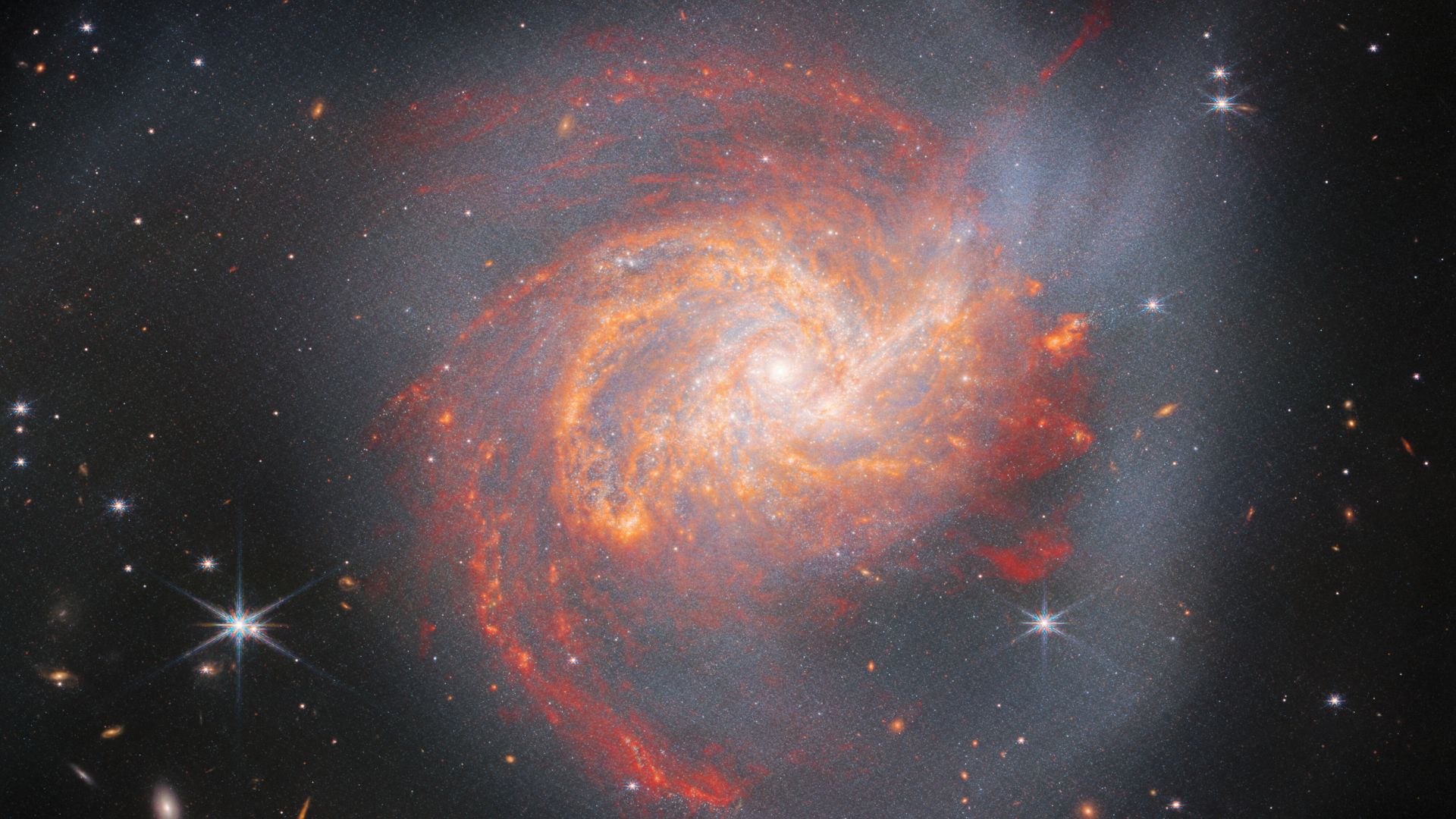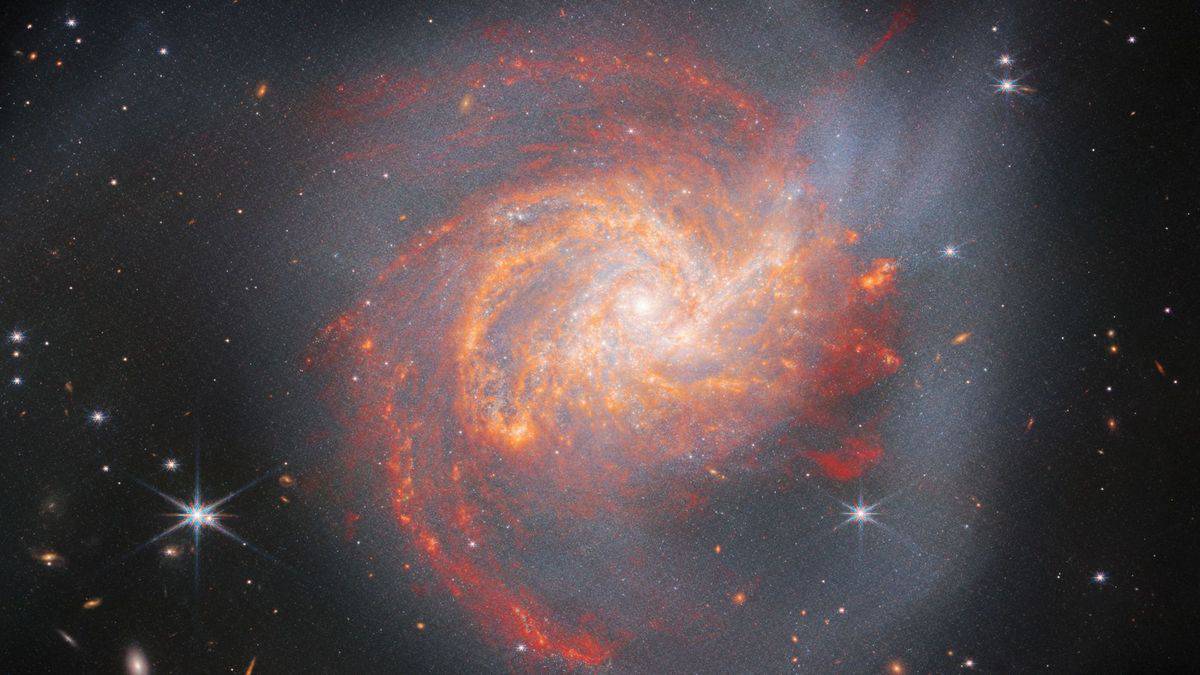Neutron stars are dense remnants of a supernova, while black holes are collapsed stars with infinite density and gravity. Neutron stars are mostly composed of neutrons, whereas black holes have a singularity at their core.
In the vast expanse of space, these unique celestial objects exhibit fascinating properties that continue to captivate scientists and astronomers. Neutron stars and black holes are two mysterious entities that challenge our understanding of the universe. From their formation to their impact on surrounding cosmic environments, exploring these extreme objects provides valuable insights into the fundamental laws of physics governing the cosmos.
We delve into the distinct characteristics of neutron stars and black holes, shedding light on their differences and similarities.
The Battle Of Density
The Battle of Density: Neutron stars and black holes are incredibly dense objects found in outer space, each with their own unique characteristics that challenge the laws of physics.
Inside A Neutron Star
Neutron stars are the remnants of massive stars that have exploded in a supernova. These stars are so dense that a single teaspoon of their material would weigh billions of tons.
Inside A Black Hole
Black holes are regions in space where gravity is so strong that nothing, not even light, can escape. These entities have infinite density at their core, known as a singularity.

Credit: www.space.com
Formation And Lifecycle
Formation and lifecycle of neutron stars and black holes are intriguing processes that play out in the depths of space. Let’s delve into Birth of Neutron Stars, Birth of Black Holes, and their Evolution and Death.
Birth Of Neutron Stars
1. Massive stars reach the end of their lifecycle after burning through their nuclear fuel.
2. The core collapses under gravitational pressure, causing a supernova explosion.
3. The remaining core condenses into an incredibly dense ball of neutrons, forming a neutron star.
Birth Of Black Holes
1. Massive stars with even greater mass collapse beyond the neutron star stage.
2. The gravitational pull becomes so intense that not even light can escape, leading to the formation of a black hole.
3. The event horizon marks the boundary beyond which nothing can return or be observed.
Evolution And Death
1. Neutron stars continue to cool over billions of years, eventually becoming black dwarfs.
2. Black holes persist indefinitely, actively swallowing nearby matter and merging with other black holes.
3. The fate of these cosmic phenomena is influenced by their mass and surrounding environment.
Extraordinary Properties
The extraordinary properties of neutron stars and black holes are truly fascinating. They exhibit unique characteristics that challenge our understanding of the universe. Let’s delve into the remarkable features of these celestial objects.
Neutron Star’s Superfluidity
A neutron star possesses an intriguing property known as superfluidity. This phenomenon occurs in the interior of a neutron star, where the densely packed neutrons exhibit fluid-like behavior without viscosity. Similarly to a wave, superfluid neutrons flow effortlessly, devoid of any resistance. This superfluid nature is a testament to the extreme conditions within neutron stars, offering insights into the behavior of matter under colossal gravitational forces.
Black Hole’s Singularity
The centerpiece of a black hole is its singularity, a point of infinite density where the laws of physics, as we understand them, cease to apply. At the singularity, both matter and energy are compressed into an infinitely small space, defying traditional conceptions of space and time. The sheer enigma of a black hole’s singularity continues to intrigue scientists, serving as a focal point for theoretical exploration and discovery.
Radiation And Emission
When comparing neutron stars and black holes, one of the most fascinating aspects to explore is their radiation and emission. These cosmic objects emit a variety of powerful radiation and energy, revealing captivating phenomena unique to each.
Pulsar Emission
Pulsars, a type of neutron star, are known for their pulsating emission of radiation. This phenomenon occurs due to the rapid rotation of these compact stellar remnants.
Imagine a lighthouse in space, spinning at incredible speeds. As the pulsar rotates, its powerful magnetic field gets aligned with its rotation axis. This alignment causes beams of electromagnetic energy to sweep across the sky as the pulsar spins, just like the light from a lighthouse beacon.
These beams are emitted in a highly directional manner, resulting in periodic flashes of energy observable from Earth. As a result, pulsars appear as blinking stars in the night sky, with incredibly precise and predictable intervals between pulses.
Hawking Radiation
On the other hand, black holes exhibit a unique form of radiation known as Hawking radiation, named after the famous physicist Stephen Hawking.
Described by Hawking in 1974, this radiation is a consequence of quantum effects near the event horizon of a black hole. According to quantum theory, particles and antiparticles are constantly being created and annihilated in empty space, even in the vacuum of space-time.
When this process occurs near the event horizon of a black hole, one particle can fall into the black hole while the other escapes as radiation. This process leads to a slow and continuous loss of mass and energy from the black hole, which was previously thought to be an object from which nothing could escape.
Although the Hawking radiation emitted by a black hole is incredibly faint and difficult to detect, it has profound implications for the understanding of black hole physics and the eventual fate of these enigmatic objects.
Overall, the radiation and emission from neutron stars and black holes reveal mesmerizing properties that highlight the extraordinary characteristics of these celestial bodies. Whether it’s the pulsing emission from pulsars or the mysterious Hawking radiation from black holes, each phenomenon offers fascinating insights into the nature of our universe.
Gravitational Influence
When it comes to the sheer force of gravity, neutron stars and black holes are some of the most awe-inspiring celestial objects in the universe. These cosmic powerhouses possess immense gravitational influence that can shape and impact their surroundings in remarkable ways. Let’s delve deeper into the gravitational effects of neutron stars and black holes and discover how they differ.
Neutron Star’s Impact
A neutron star, the remnants of a massive star that has undergone a supernova explosion, still retains a tremendous amount of mass in a compact size. Despite being only about 20 kilometers in diameter, a neutron star can have more mass than the Sun. This tremendous mass concentration results in an intense gravitational field.
Neutron stars possess a powerful gravitational pull, capable of affecting their nearby surroundings in various ways. For instance, a neutron star’s gravity can distort the space-time fabric, causing nearby objects and even light to be bent or lensed. This phenomenon, known as gravitational lensing, has been used by scientists to study distant objects and confirm the predictions of Einstein’s theory of general relativity.
Besides gravitational lensing, neutron stars can also gravitationally attract nearby matter. If a neutron star is part of a binary system, it can strip matter from its companion star, forming a swirling disk of gas and dust known as an accretion disk. The intense gravitational pull of the neutron star can cause the material in the accretion disk to heat up and emit high-energy radiation, making it detectable by telescopes.
Black Hole’s Gravitational Pull
On the other hand, if a massive star reaches the end of its life and undergoes a supernova explosion, and its core collapses beyond a certain critical point, it can create a black hole. Black holes are characterized by an immense gravitational pull that is so strong that nothing, not even light, can escape its grasp.
A black hole’s gravity is so powerful that it warps space and time to an extraordinary degree. The gravitational pull of a black hole is incredibly concentrated, creating a region of space called the event horizon. Once an object crosses this point of no return, known as the event horizon, it is irreversibly trapped by the black hole’s gravity.
Due to their intense gravity, black holes have the ability to swallow everything in their path. If a star ventures too close to a black hole, the gravitational pull becomes irresistible, causing the star to be stretched and ripped apart in a process known as spaghettification. The matter that is torn apart forms an accretion disk around the black hole, emitting extraordinary amounts of energy before ultimately being consumed.
In conclusion, while both neutron stars and black holes possess immense gravitational influence, they affect their surroundings in their unique ways. Neutron stars can bend light and attract nearby matter, forming accretion disks, while black holes have an incomprehensibly powerful gravitational pull that can trap and devour anything that crosses their event horizon.

Credit: hubblesite.org
Observational Significance
Observational significance of neutron stars and black holes lies in their distinct characteristics and the methods used to detect and evidence their existence.
Neutron Star Detection
Neutron stars are typically detected through various observational methods, including:
- Monitoring pulsar emissions, which are highly regular and can be observed using radio telescopes.
- Tracking the gravitational influence of neutron stars in binary star systems, causing detectable wobbles in their companion stars.
- Directly capturing X-ray emissions from the hot surface of a neutron star.
Black Hole Evidence
Black holes are inferred through a range of evidence, such as:
- Observing the gravitational effects of a black hole on surrounding matter, leading to the formation of an accretion disk.
- Detecting intense X-ray emissions from the accretion disk as matter falls into the black hole.
- Observing the gravitational lensing effect on light from distant objects as it bends around a black hole.
Scientific Theories And Discoveries
Exploring the mysteries of the cosmos unveils compelling insights into Neutron Stars and Black Holes. Let’s delve into the realms of these celestial objects through the lens of Scientific Theories and Discoveries.
Neutron Star Theories
Neutron Stars have baffled scientists with their dense cores and powerful magnetic fields. The formation mechanisms and composition of Neutron Stars remain subjects of intense speculation.
Black Hole Paradigms
Black Holes stand at the forefront of astronomical enigmas, captivating researchers worldwide. The event horizon and singularity within Black Holes challenge our understanding of physics.

Credit: writingscience.web.unc.edu
Unsolved Mysteries
Welcome to the realm of stars and black holes. Explore unsolved mysteries that Neutron Stars and Black Holes hold.
Neutron Star Unexplained Phenomena
Neutron Stars puzzle scientists. Supernova remnants, pulsar glitches, strange crusts – mysteries abound.
Enigmatic Black Hole Behaviors
Black Holes intrigue. Accretion discs, event horizons, gravitational waves – enigmas persist.
Frequently Asked Questions Of Neutron Star Vs Black Hole
Neutron Star Vs Black Hole: What Are The Key Differences?
A neutron star is a dense stellar remnant, while a black hole is a region of space with strong gravitational pull. Neutron stars emit radiation and have a solid surface, while black holes do not emit light and have an event horizon.
Black holes have infinite density at their core, while neutron stars have a maximum limit.
Which Is Denser: Neutron Stars Or Black Holes?
Black holes are denser than neutron stars. Black holes have infinite density at their core, referred to as a singularity, while neutron stars have a maximum limit. The intense gravitational pull in black holes causes matter to compress to an extremely high density.
How Do Neutron Stars And Black Holes Form?
Neutron stars form when a massive star undergoes a supernova explosion and its core collapses. The collapse halts due to the repulsive force between neutrons, forming a dense neutron star. Black holes form when massive stars collapse under their own gravity, with a singularity at the core and an event horizon surrounding it.
Conclusion
In the cosmic battle between neutron stars and black holes, both are awe-inspiring in their own rights. Their extreme densities and powerful gravitational forces leave us in wonder at the infinite complexities of the universe. Whether you are drawn to the mesmerizing neutron star or the enigmatic black hole, their unparalleled mysteries continue to captivate and challenge our understanding of the cosmos.



